|
Where can you find high-quality art images that accurately represent the genuine originals? Your best bet for reliable photos: museum websites. Top choice for checking authenticity: the big auction houses. Also helpful for verification: travel blogs and magazine articles. Plus, there are still a few curators on social media who supply originally sourced images and information. Whatever your goals, it's helpful to start out with the understanding that even onsite, professional photos are already one step removed from real life, and can communicate only a fraction of an artwork's real-world qualities. Digital files, in particular, can be very "lossy" on social media, and although cosmetic touch-ups can help to restore freshness, they might further skew an artwork's appearance. Total accuracy isn't achievable in the digital world; however, we can certainly do our best to track down the images that come closest. VISIT THE MUSEUM FIRST Most museums take pride in their collections and make an effort to present their pieces accurately and attractively. If you've ever tried to take a photo of a painting in a museum, you know how many variables are involved, and how difficult it is to snap a good picture. Lighting is always problematic, and color settings can be very tricky. In fact, some museums give credit to photographers in their listings, to acknowledge that this is an essential part of the curating process. Not all museums offer completely reliable photos, and not all permit adequate-size downloads. However, a large percentage of museum websites do provide excellent resources for anyone who would like to view and share artwork online. CHECK PAST AUCTIONS These days, major auction houses rely heavily on website traffic to cultivate interest and activity. Their photos must be clear, detailed, and as accurate as possible. Many art pieces that aren't in a museum have been sold at auction, which makes these websites good spots to get an inside look at authentic works that are normally hidden from public view. Most auction sites prohibit downloads for any purpose other than examination by a potential buyer, so you'll need to determine for yourself whether you're going to use these images solely for authentication, or if you plan to share them. There are so many reproductions in circulation that it's common to see several conflicting versions of an artwork in search results. In this situation, an auction photo can be very helpful. For example, here are some variations on Schwarz und Violett (Black and Violet) by Kandinsky, quickly available in a simple search. All three are probably modern reproductions. But which one (if any) looks most like the original? It's hard to tell just by looking at them. Luckily, there's a good photo at Christie's, where the authentic work sold in November 2013, incidentally fetching a price of $12, 597,000. Schwarz und Violett, Wassily Kandinsky, 1923, © Christie's Note that it's important to differentiate between real-world auction houses — those that have a street address, a long history and excellent "credentials" — and online auction websites that might or might not present reliable images. Some simply report on auctions held elsewhere, while others are in the business of auctioning newly created reproductions. And there are some that auction a variety of art-related items, from vintage to newly minted. A bit of trial and error might be necessary to pin down a particular site's dependability. What about large, diversified marketplaces like eBay, Etsy and Fine Art America? That's a topic in itself and will be discussed in a later conversation. BROWSE ONLINE PUBLICATIONS Well-known magazines and newspapers that cover arts news can also be good sources for art images. Many feature local exhibitions and museum shows, as well as auction highlights, and updates about issues of interest to the arts community. Most of these articles contain location shots that can help with authentication. They also might include closeups taken by staff professionals, or full-frame images purchased from image archiving services. The copyright and download restrictions for these publications vary, so check before reposting. Note that images in online publications aren't always reliable. Some sites simply grab photos via search, and therefore occasionally repost others' errors. A little experimenting might be necessary to determine the reliability of a particular news outlet. Also keep in mind that some online art "magazines" are really just personal websites that collect art images and post them in a publication format, without necessarily checking their accuracy. Some even add information taken from user-driven sites like Wiki, also without verification. CONSIDER THE BLOG UNIVERSE Personal blogs that happen to include art images are difficult to find on purpose, but they sometimes turn up in a general search. They're worth investigating, because they often contain in-person photos that be used for authentication. There are also travel blogs, museum blogs, and assorted blogs about history, art, culture, architecture, and so on, that might contain high-quality shots taken by professional photographers. Copyright restrictions might apply, so check use notices before sharing. A WORD ABOUT ART GALLERIES Most professional art galleries focus on modern and contemporary artwork still under copyright, which means image use is often restricted. There are also some high-end art dealers that include or specialize in artwork from earlier periods, with similar limitations. However, art galleries can help with authentication, often include blogs, videos, background articles and other informational materials, and some do permit personal or educational use of their photos. In addition to these professional galleries, there are many amateur sites that collect images and information from other locations, and aren't connected with real-world art organizations or institutions. In fact, many are actually storefronts for companies selling art reproductions. Note that a site with an artist's name in its title isn't necessarily an authorized source of information or images. It's probably best to confirm accuracy before relying on unofficial sites of this type. David Teniers the Younger, The Archduke Leopold William in His Picture Gallery in Brussels, 1647-51; Museo del Prado. CAN SOCIAL MEDIA BE TRUSTED? We'll go into this subject in more detail at a later date, but in the meantime, remember that about 90% of the art images you see on social media have been shared from other locations without verification. Most are commercial reproductions, and unfortunately most online art vendors don't produce exact or even close copies. Although we tend to assume that art pages and accounts — those devoted exclusively to art, for art lovers — carefully research the images and information they publish, that isn't always the case. Note that works by current artists, posted by the authors themselves, fall into a different category. Presumably, those photos are accurate, but copyright restrictions usually apply. Summary: Use caution when sharing from a social media account. To be certain, check any sources listed. Corrections or suggestions?
0 Comments
Leave a Reply. |
REAL or REPRO?
A well-researched art resource that can help you find accurate images and spot altered copies. 100+ listings and growing daily. Browse at random, or search for something specific. Special requests are welcome.
Categories
All
Archives
January 2021
Disclaimer: This blog is intended for entertainment purposes only. Although every effort has been made to verify the accuracy of the information provided, the material included here should in no way be considered the final authority on any issues discussed in the text.
|

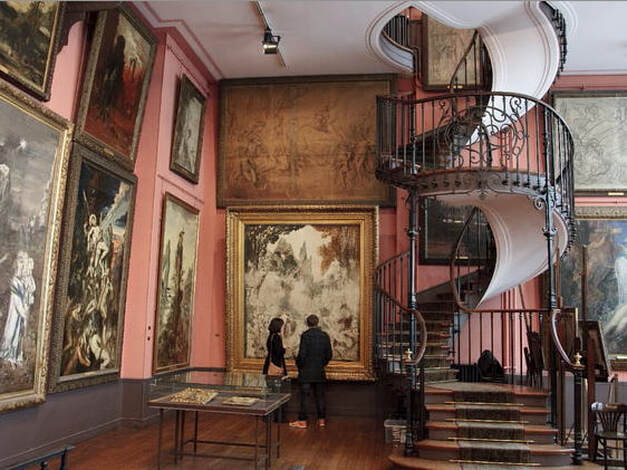
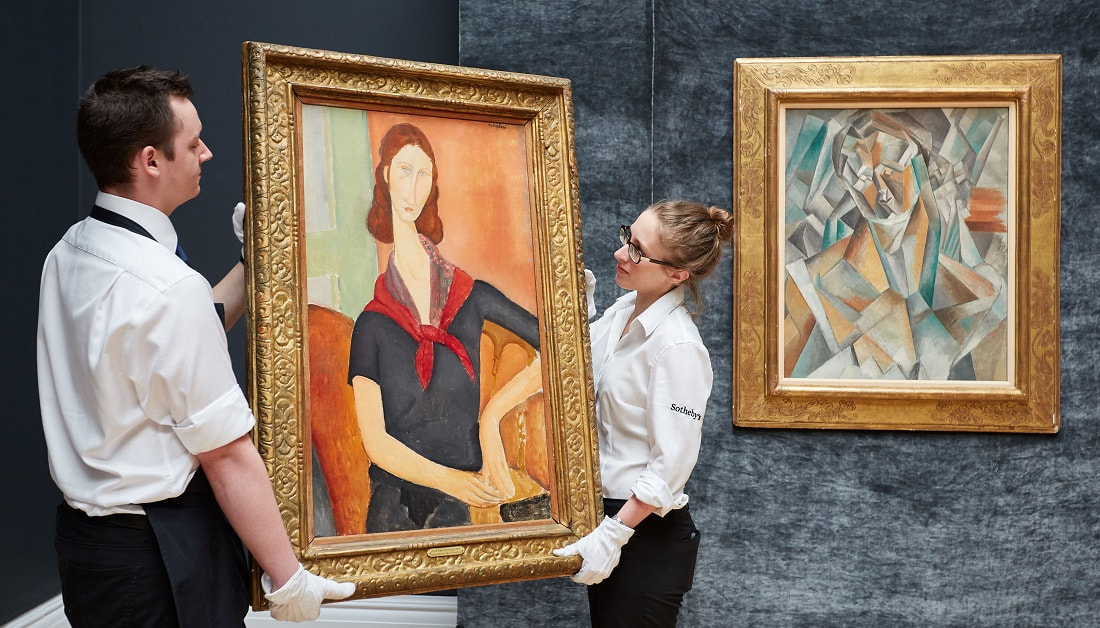
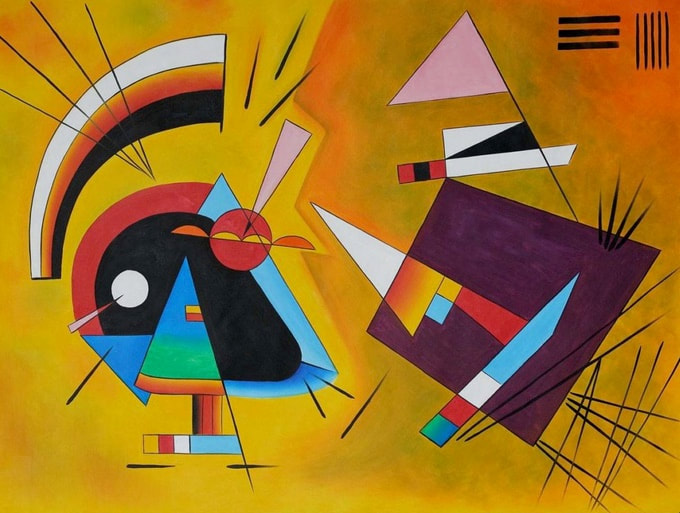
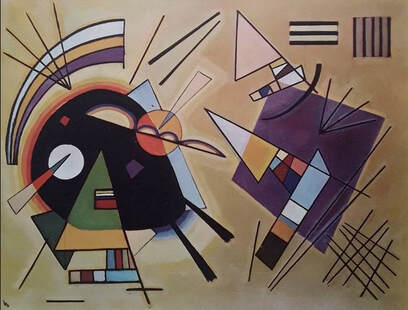
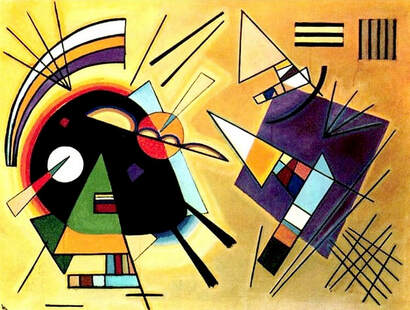
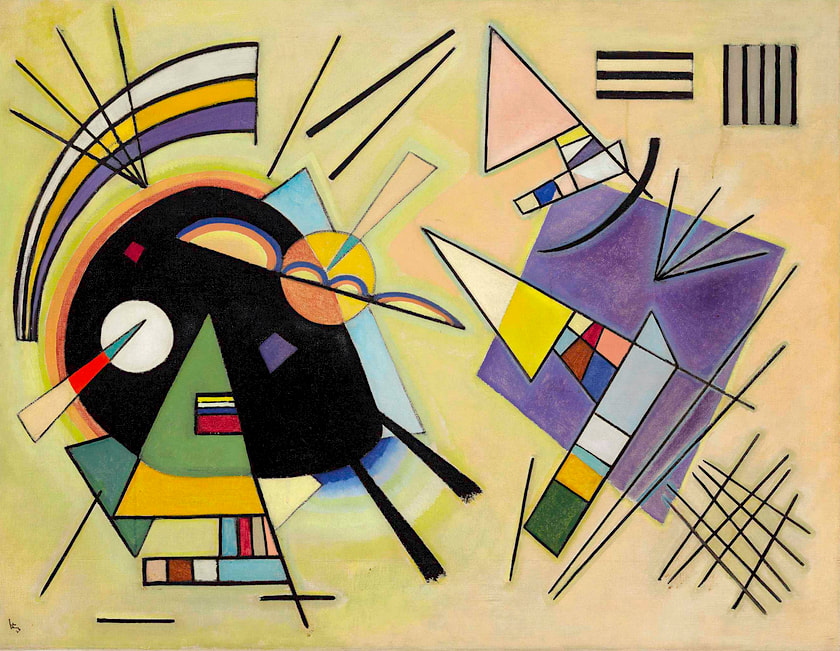
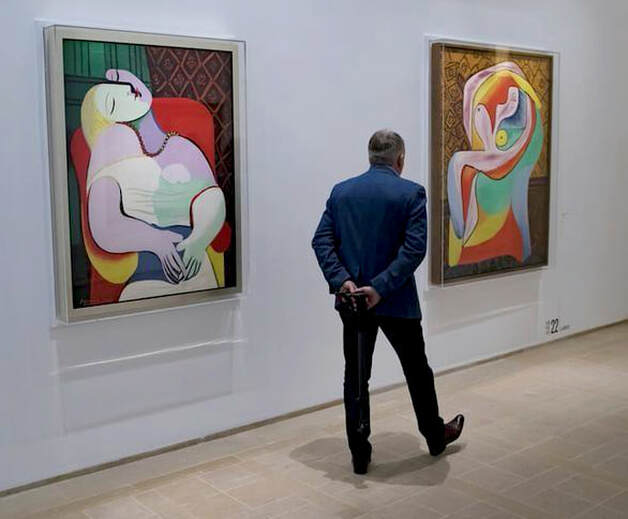
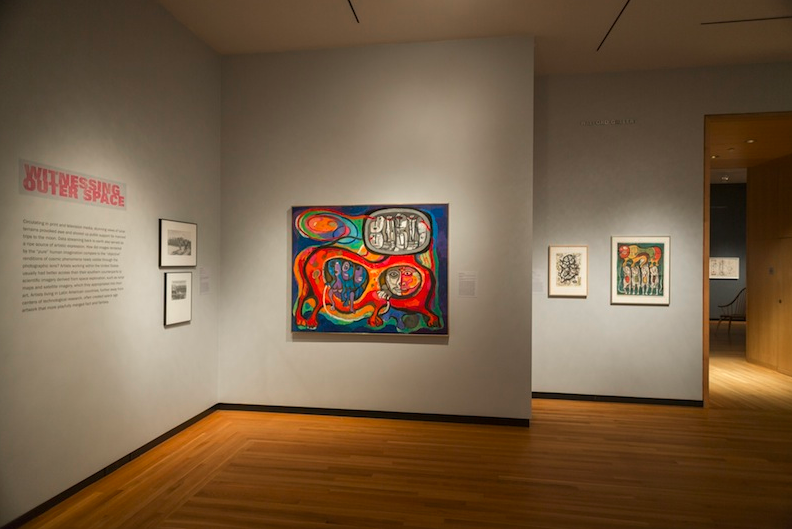
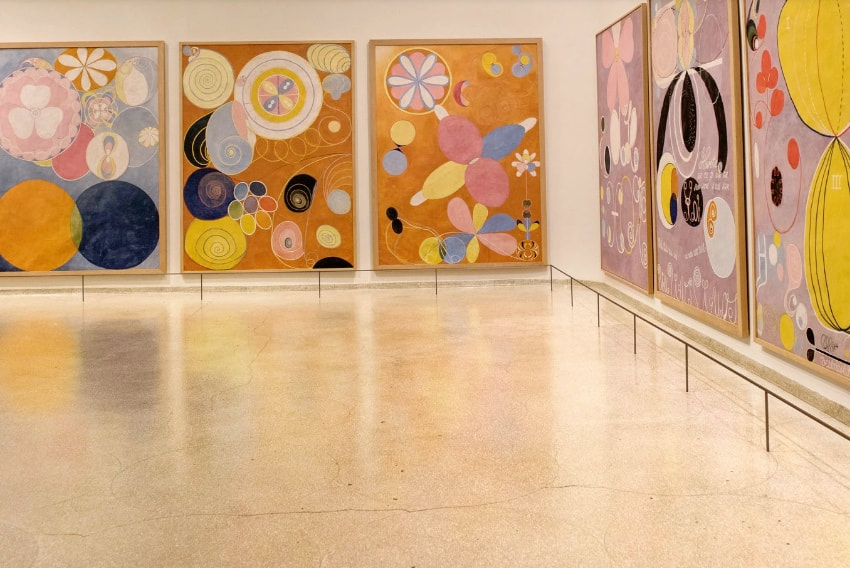
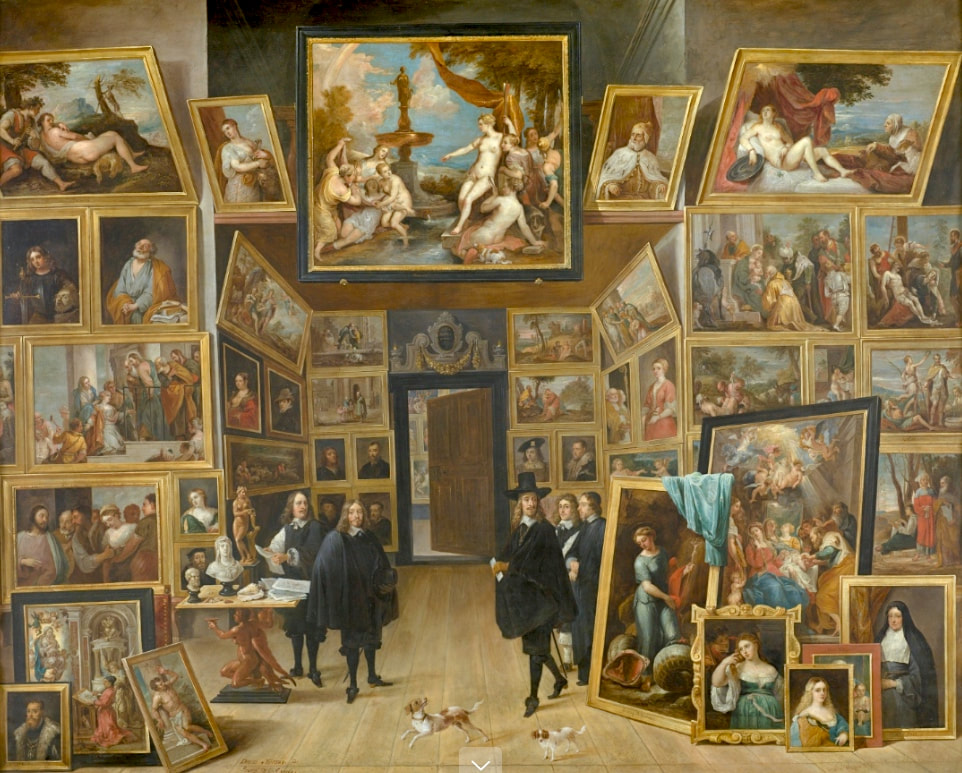
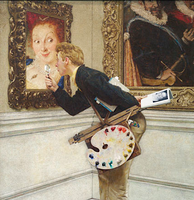
 RSS Feed
RSS Feed